Plants
To plant or not to plant, that is the question. Aquarium plants can be very beneficial to your aquarium, but unfortunately, not all aquarium fish are suitable with aquarium plants. Aquarium plants have the ability to keep your aquarium water clean as the draw nitrates and phosphates from your water. However, for this to happen, you need to be looking after your plants just like you would your wet pets. We look at keeping plants as a balanced triangle. The triangle between fertilisers, light and co2 need to be in balance for your aquarium plants to grow well and thrive. In most situations with low light aquariums this balance happens very easily as fish water works for fertiliser and co2 enters the aquarium via water changes. Sometimes, using a liquid fertiliser is also beneficial in plant growth, we recommend Seachem Flourish, but there are many others on the market.
Plant selection is also very important, all too often pet shops sell non-aquatic plants as aquatic plants, this is a recipe for disaster as they will not last long submersed underwater in your aquarium. We at the fish room do not carry not aquatic plants, to give you the best possible chance of having your plants survive.
Lighting
Lighting is a very complex topic, for the sake of all our sanity we will try to keep this basic. There are many types of lighting available for your aquarium, t8, t5, LED, Metal Halide, PDL to name a few. Generally speaking if you are not rowing plants, any light system will work fine, as all you are wanting to do is see your fish. The current trend is to go with LED lighting, this is due to the lower running costs as well as the lower temperature it produces. They are also more user friendly as they are often controllable so you can adjust spectrums to suit your own viewing and needs. it also puts out a pleasant light spectrum if built properly. Depending on the way these are built they could be low light or high light.
T8 lights are general considered a low light system, these are cheap to replace and are good for fish viewing and general low light plant growth. Look for a colour spectrum of around 6500k for best overall results.
T5 light units are generally a higher output light, to the point where there is t5ho (high output) tubes. These units are good for growing red plants and stem plants. The running cost v plant growth is normally really good for these units.
Metal Halide lights are very high output, and will grow nearly any plant available in the market, unfortunately, MH lights are incredibly expensive to run and are often considered outdated technology.
PDL lights are often what comes with store bought aquariums. They are considered low light more often than not and can often be a poor choice for proper aquarium plant growth, but they good for aquarium viewing.
Substrate
Substrate is the gravel, sand or soil that is put on the bottom of your aquarium. General speaking if you are not growing plants any aquarium based substrate that appeals to your eye will be fine. There are however a few things to take into account. If you are wanting to keep corydora catfish, a softer smooth substrate is a better option to a rough pointy one as they have a very sensitive barbell system on their face that pointy and rough substrate can rub off and cause the fish to die from.
If you are wanting to keep a general community aquarium using materials like crushed coral or sand collected from local beaches is not a good idea, both of these will buffer your pH to a high level and make your water hard and alkaline. This is ideal for African Cichlid fish however.
If you are wanting to grow plants we suggest not using a silica sand, this type of sand compacts to a hard form and plant roots can struggle to grow through it. There is many plant substrates on the market all doing different things. We recommended JBL AquaBasis as a bottom layer for rich plant growth and JBL Manado or Seachem Flourite as a top cap layer.
Please not if you are wanting to use a soil substrate, you will need to cap it so it does not release nutrients into your aquarium body.

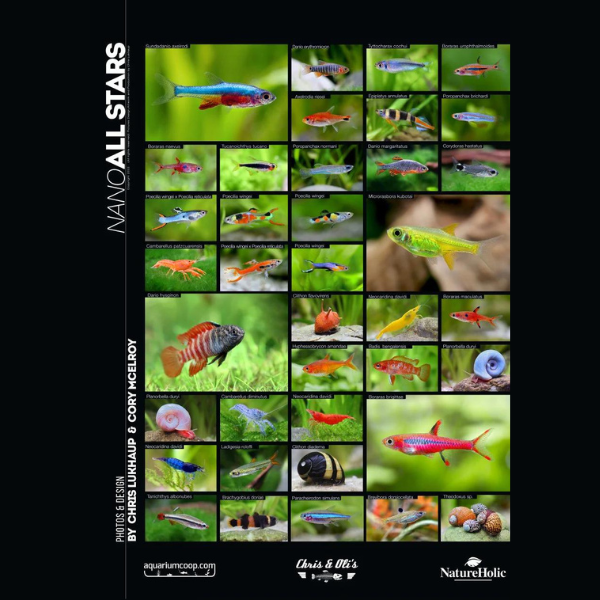
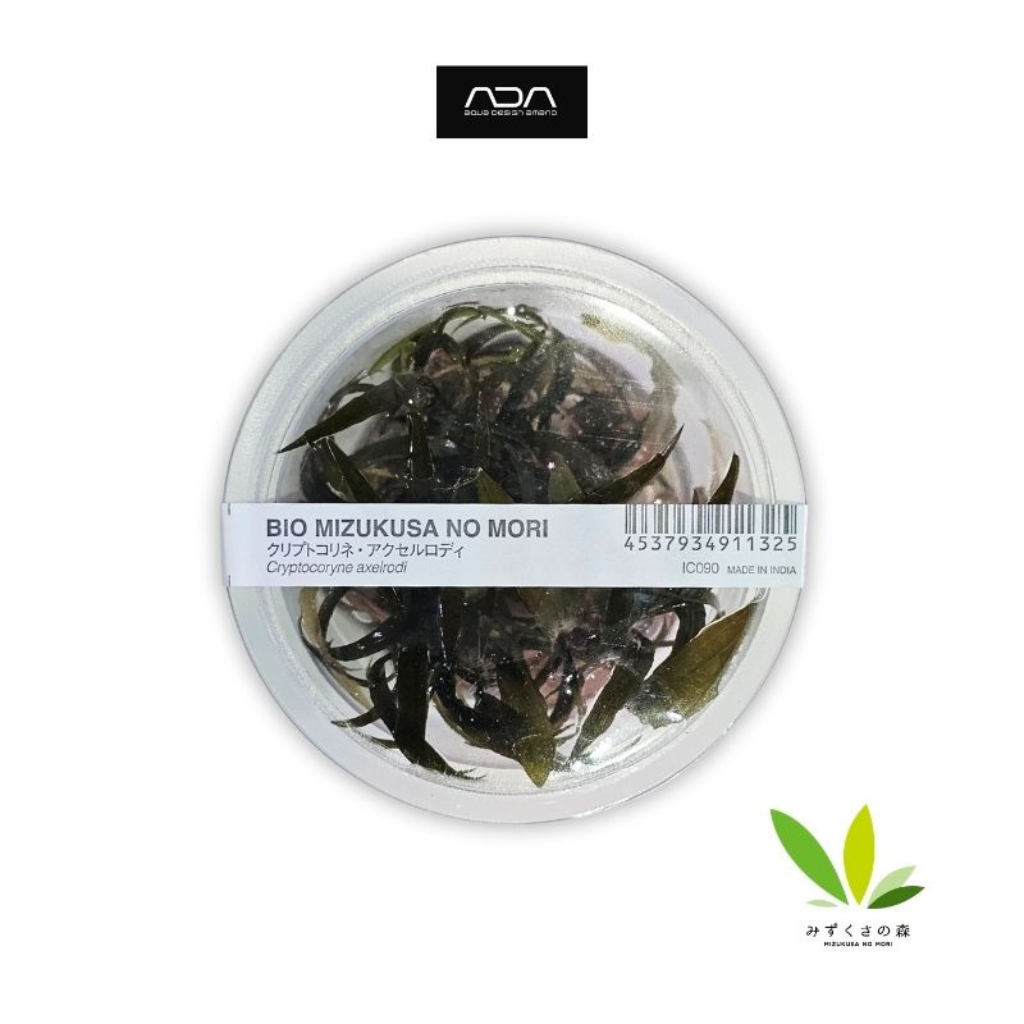
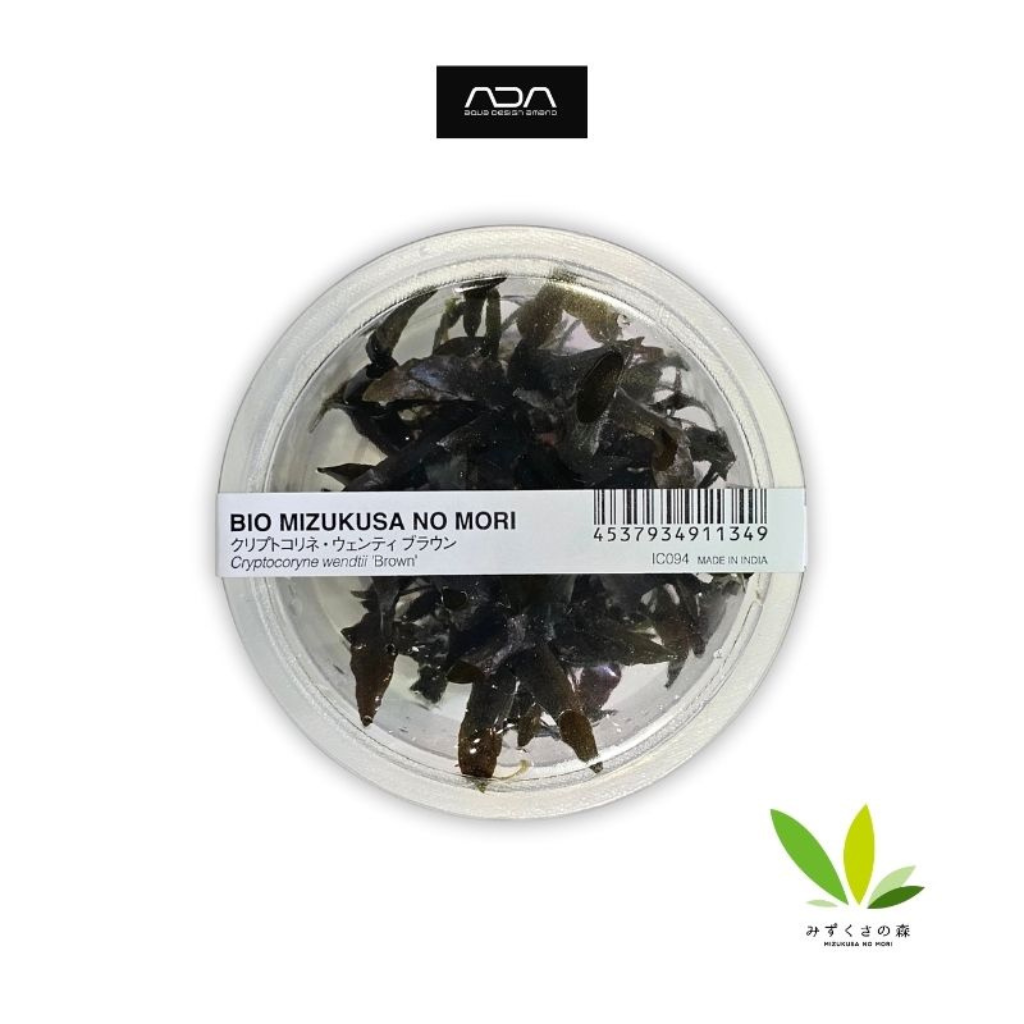
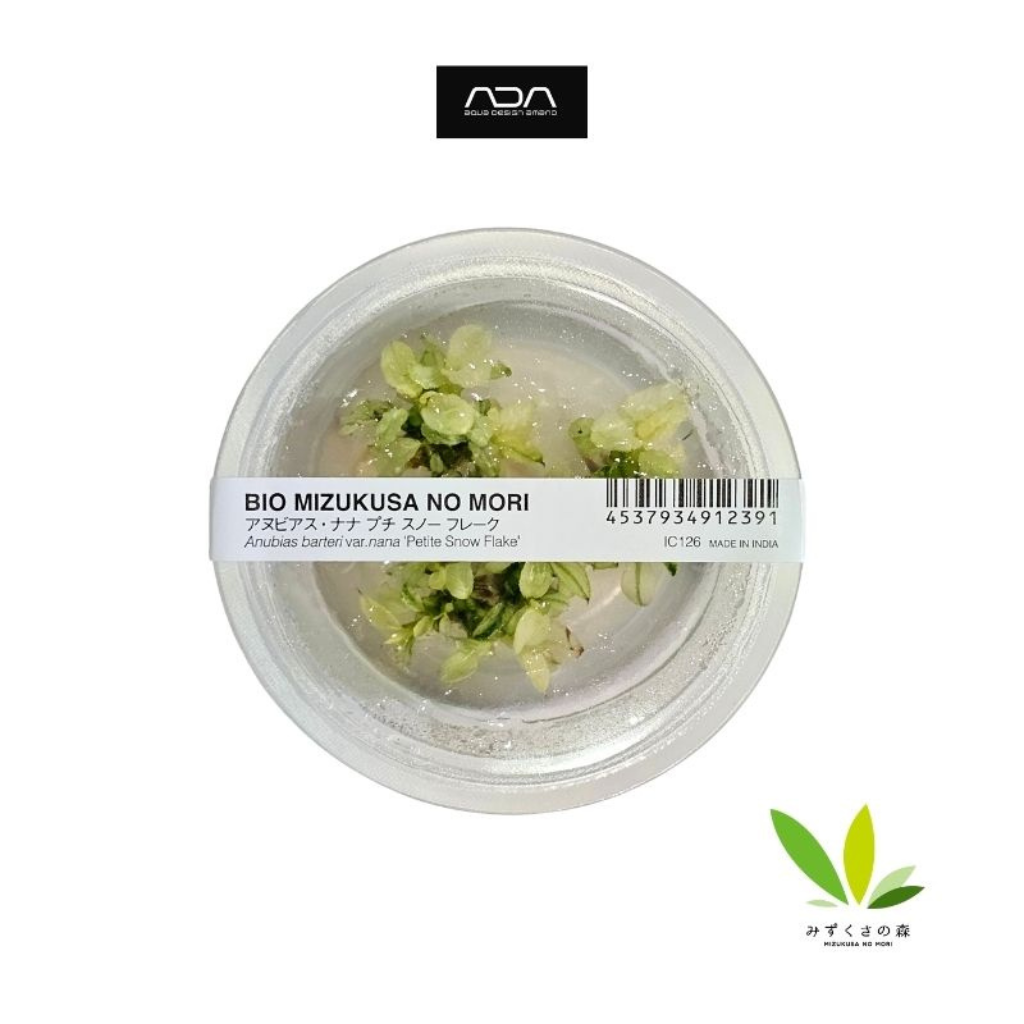
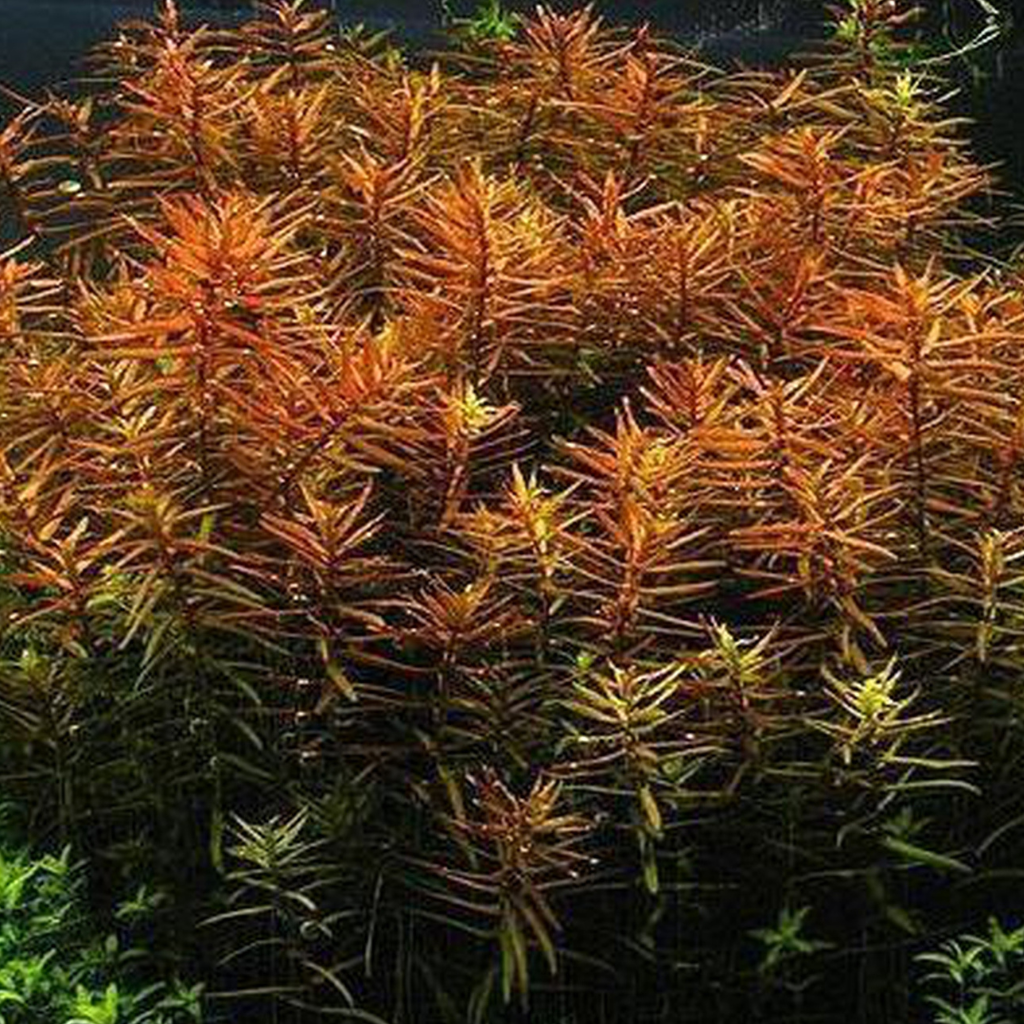
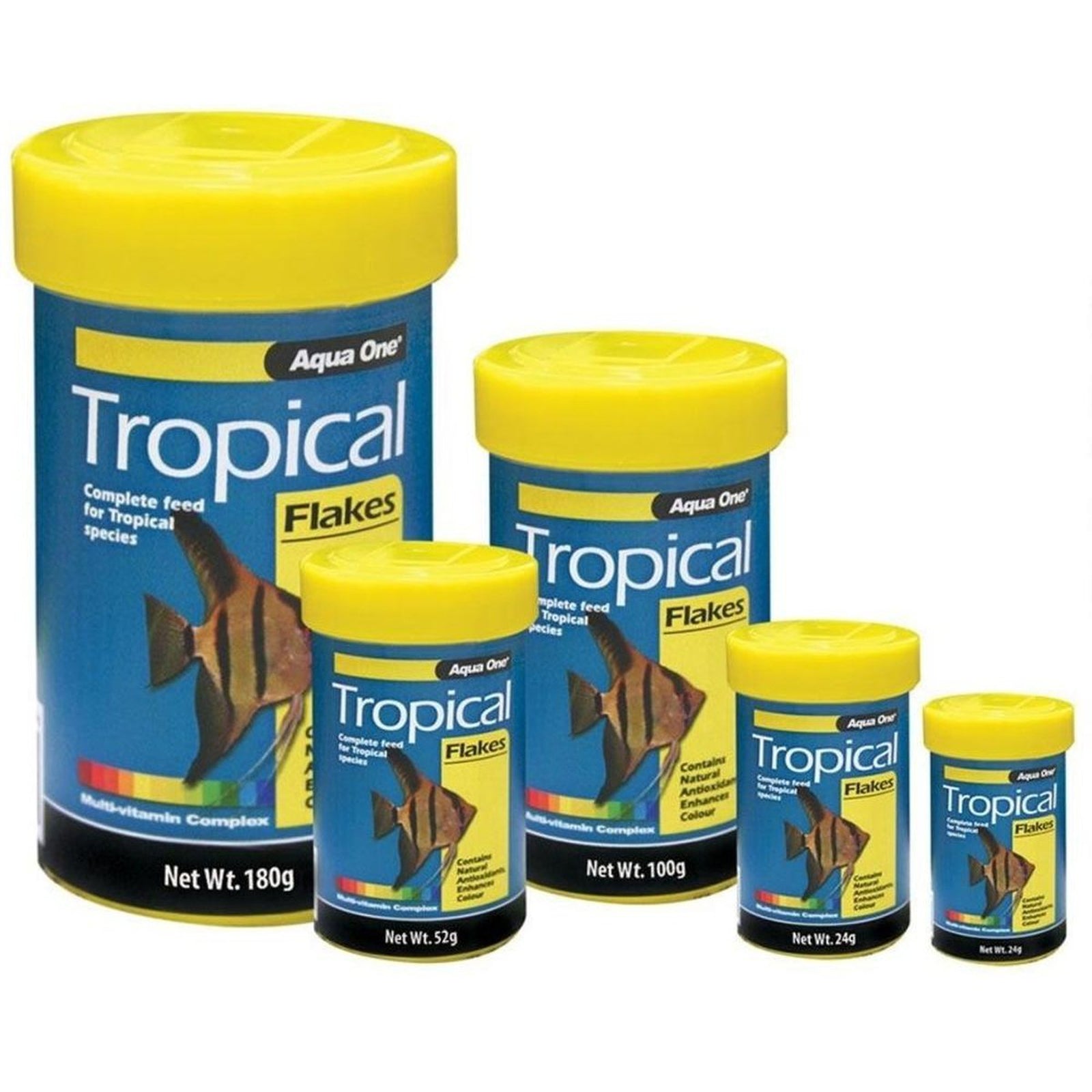
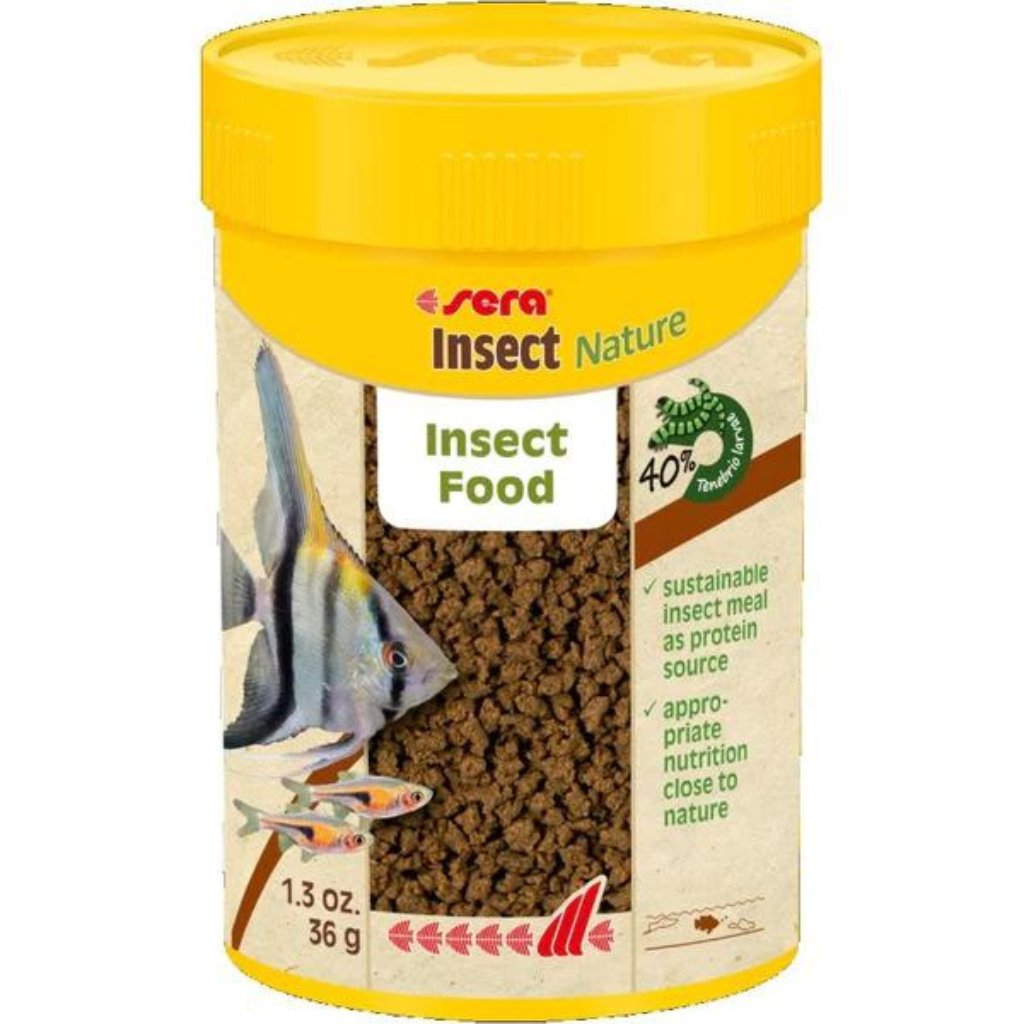
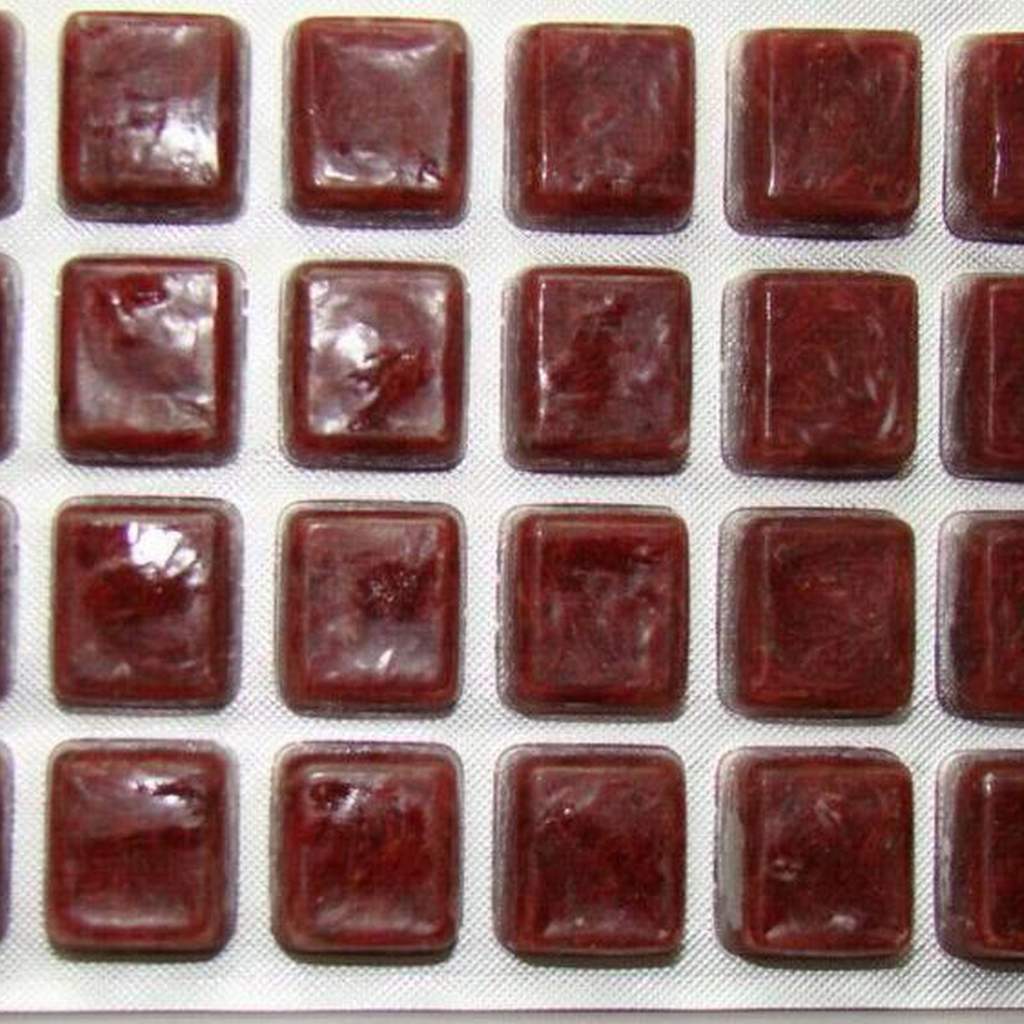
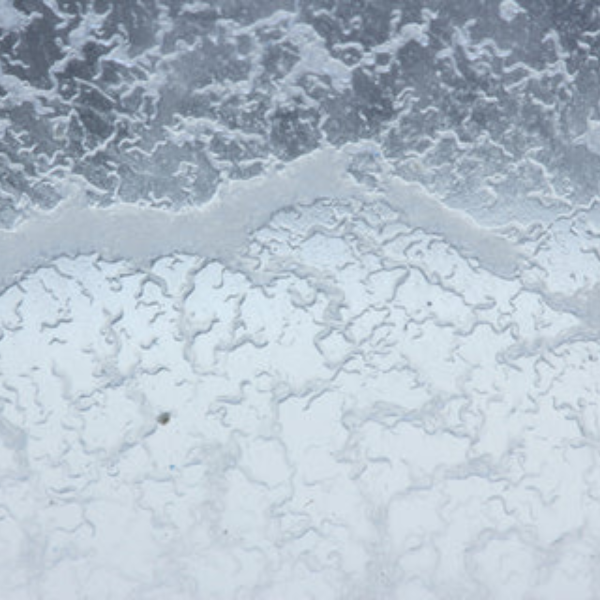
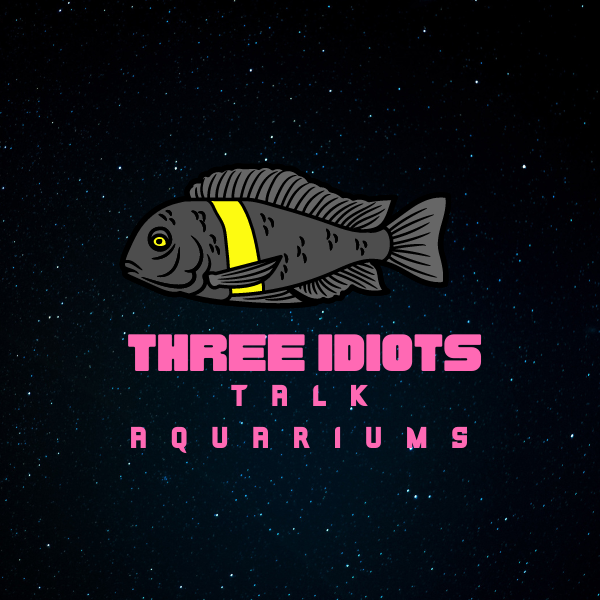
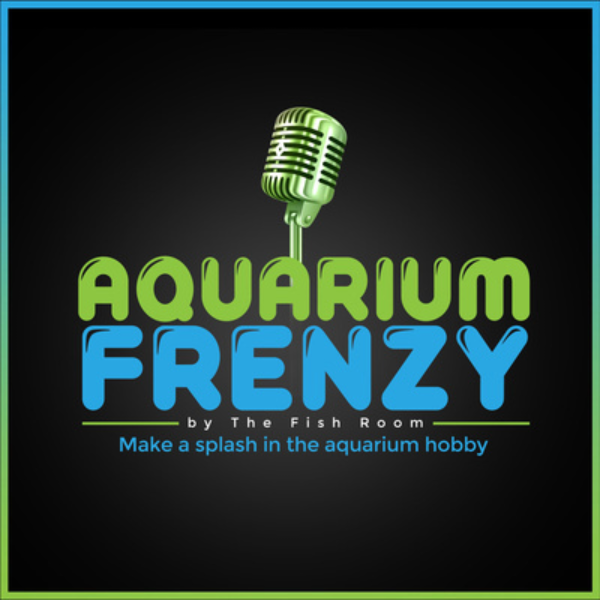

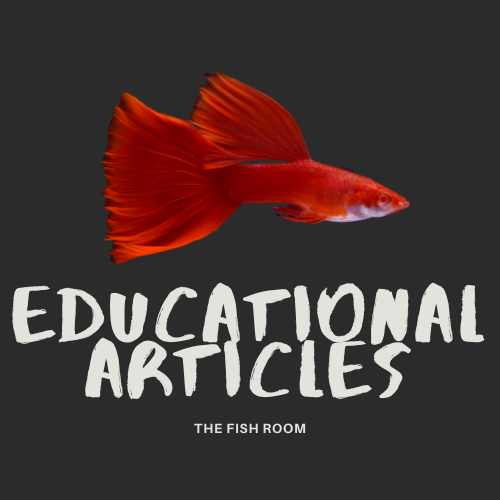
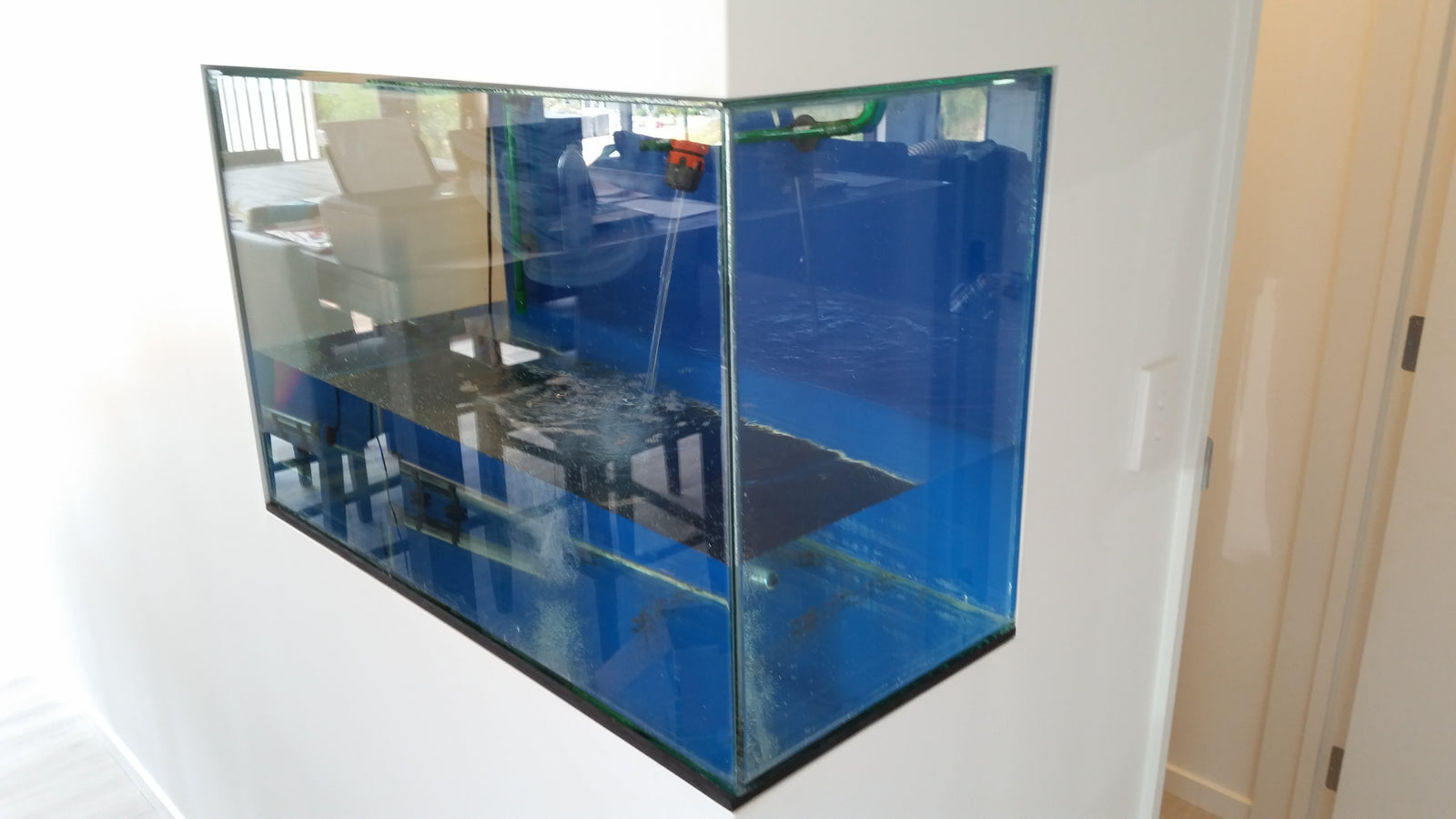
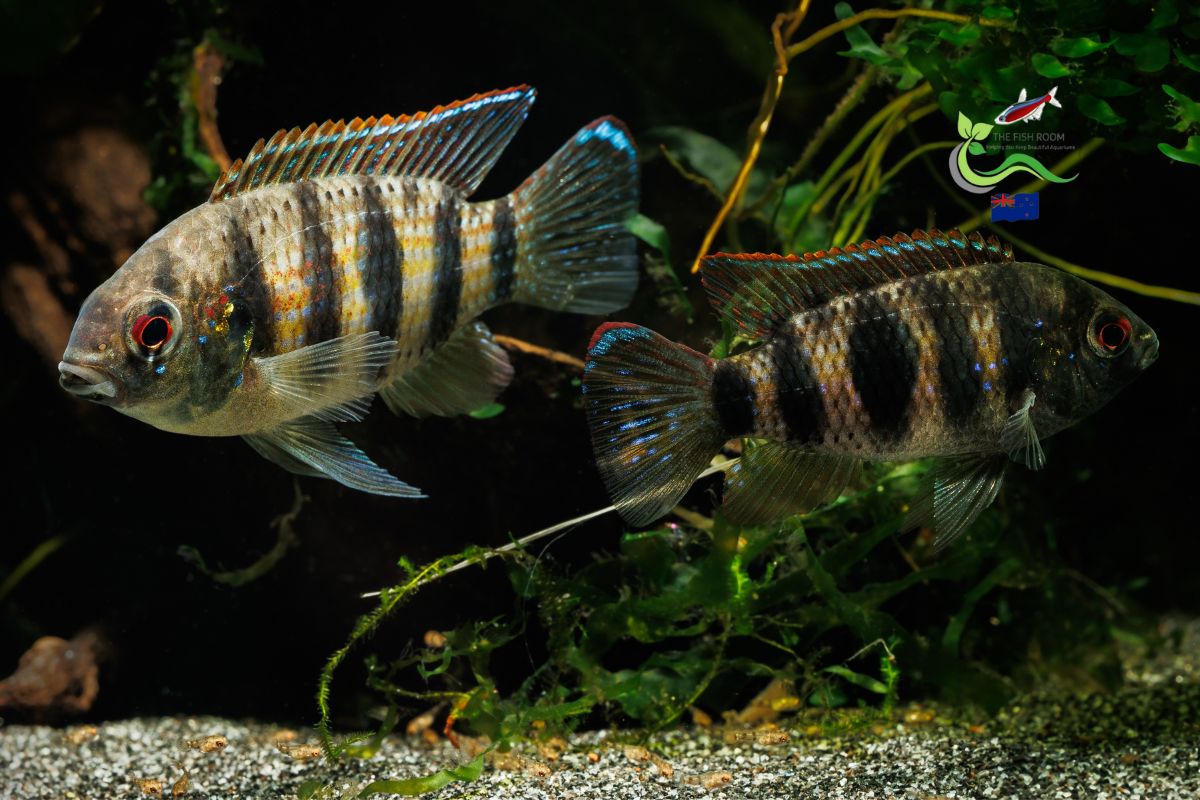
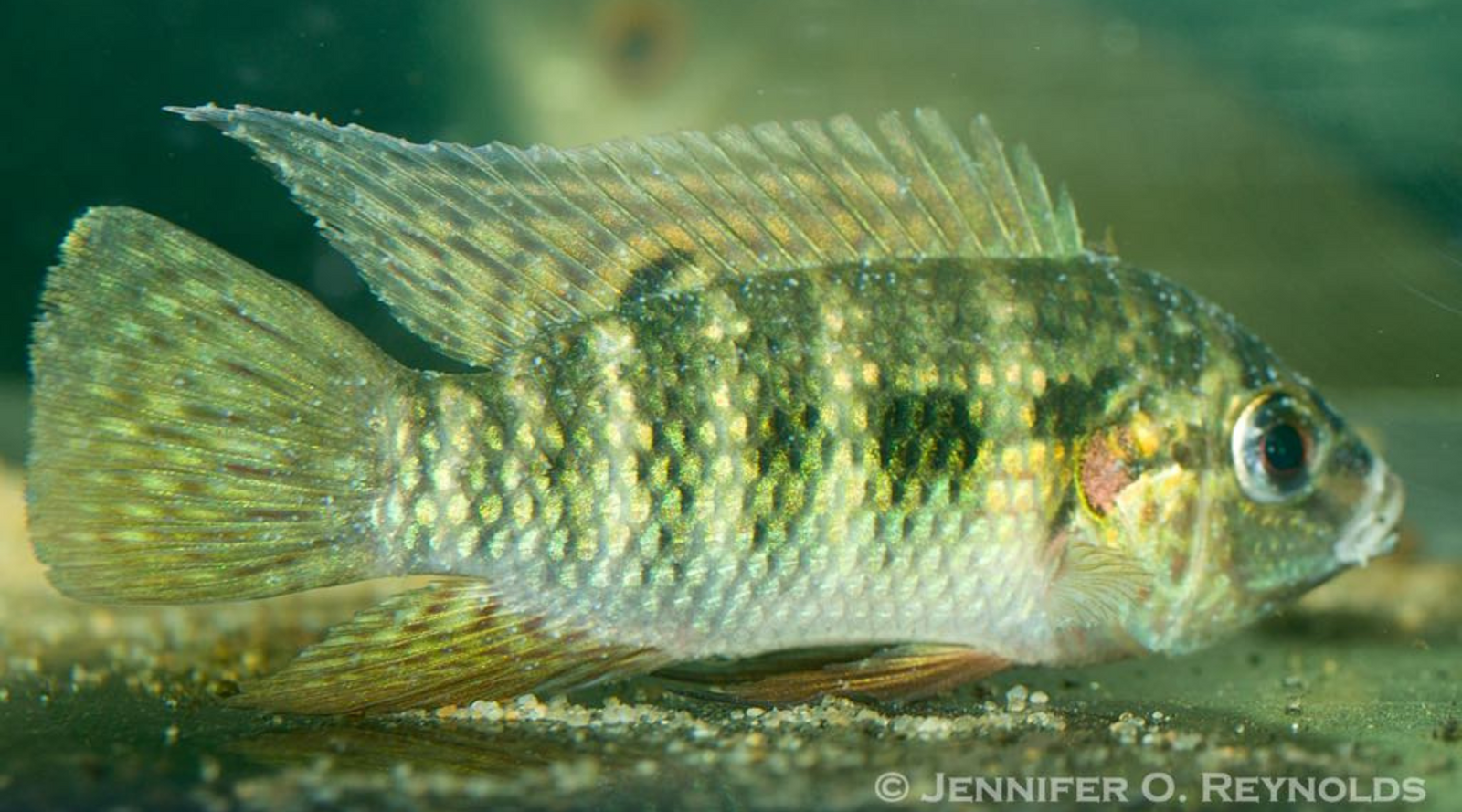
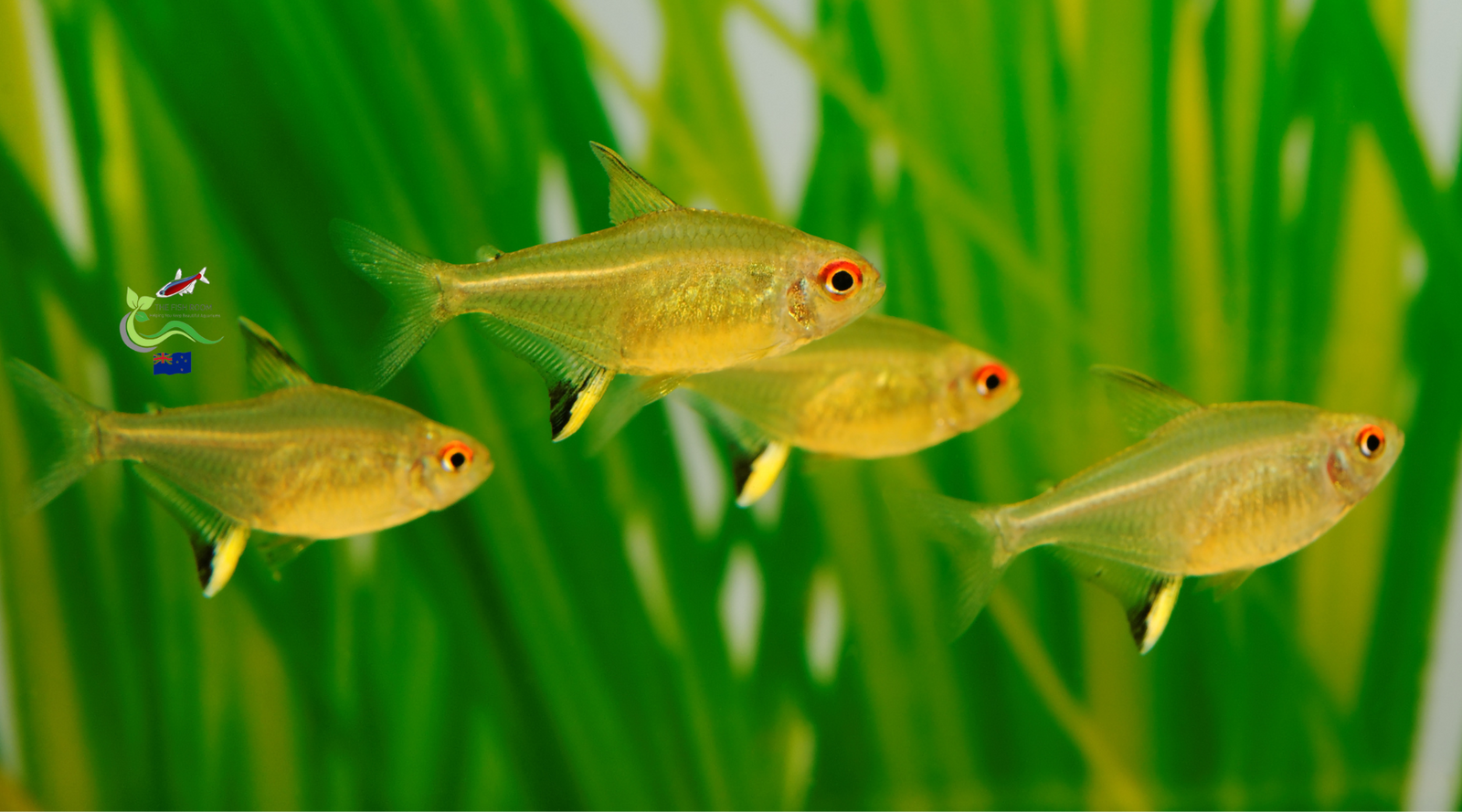
Leave a comment (all fields required)